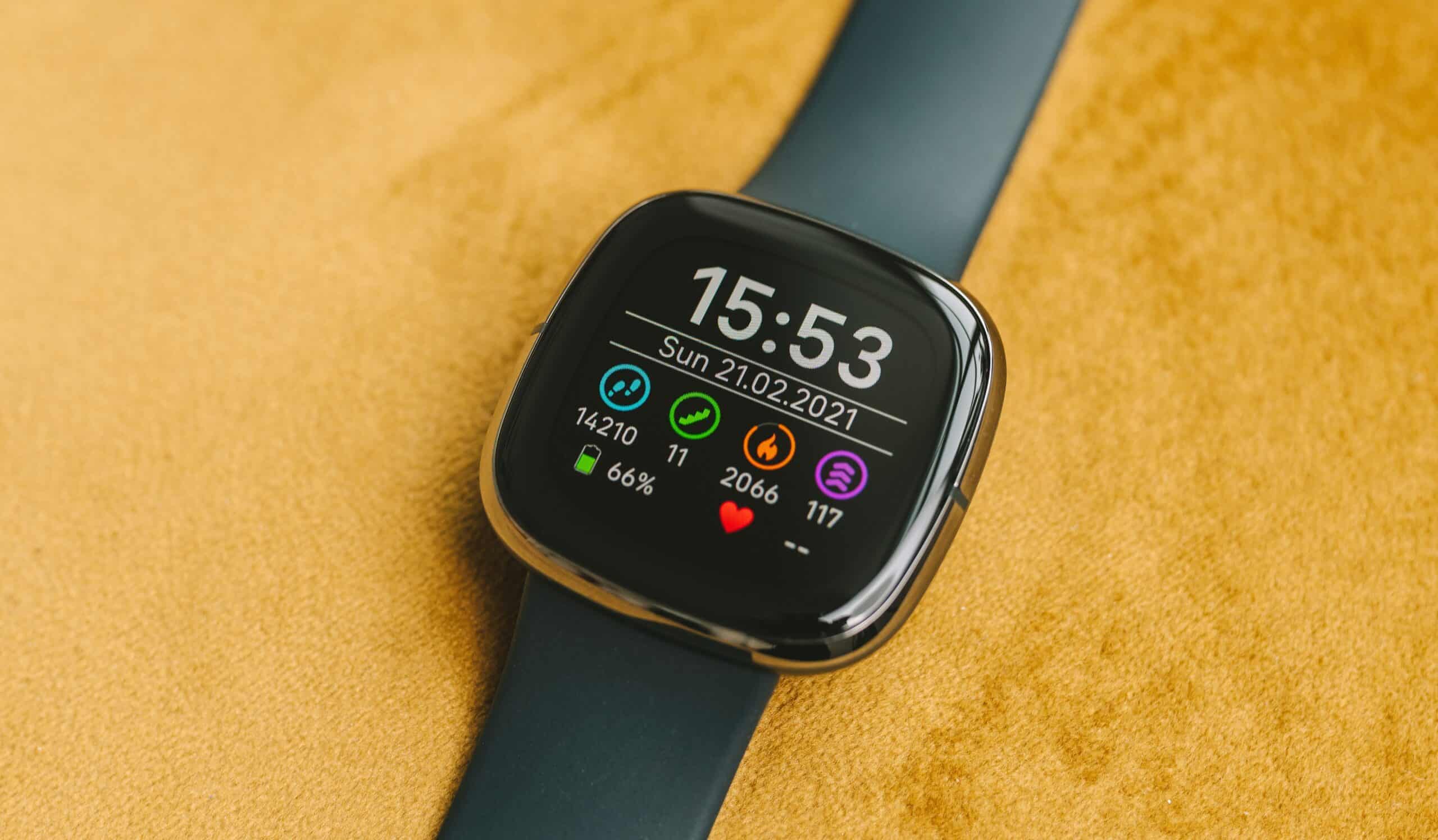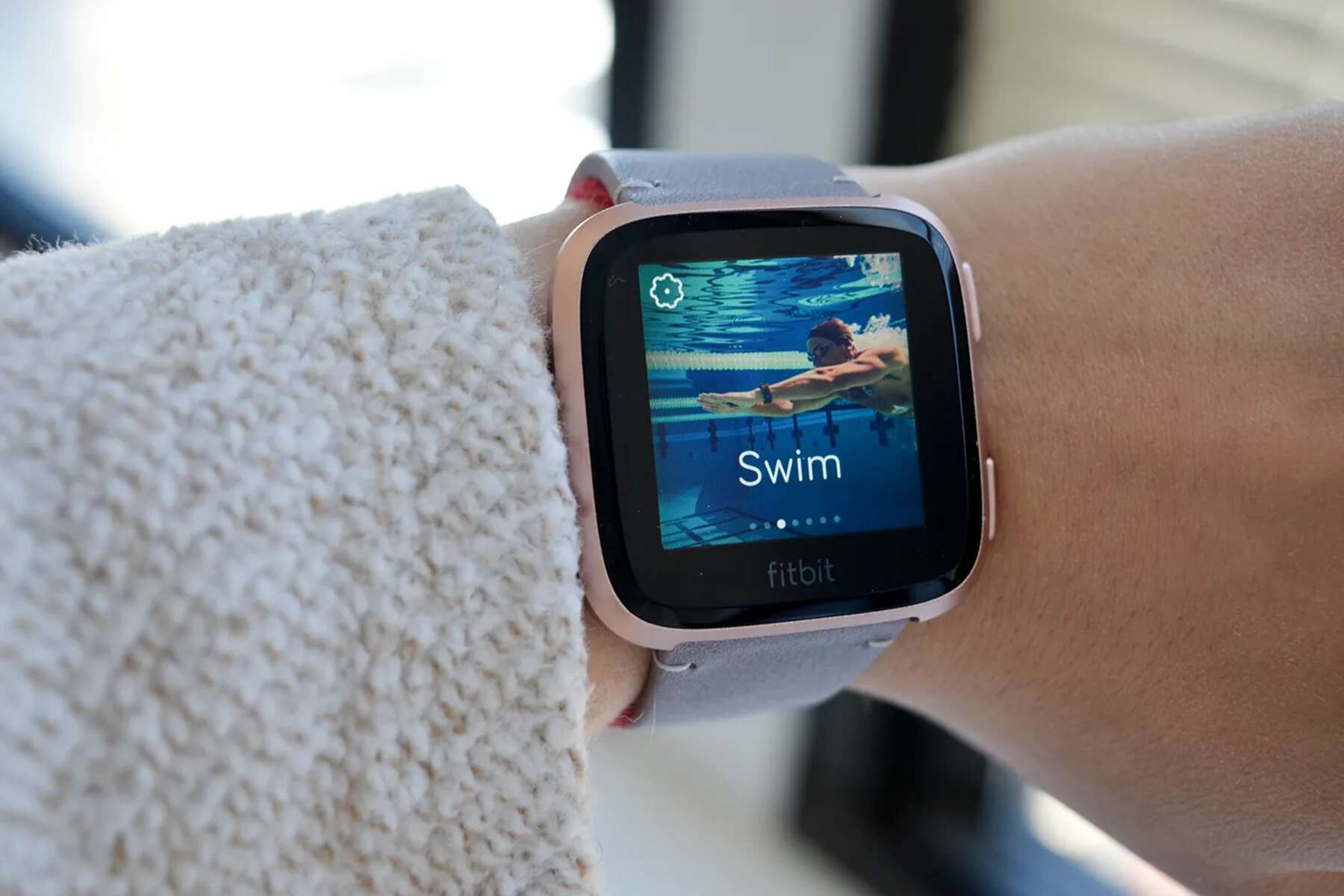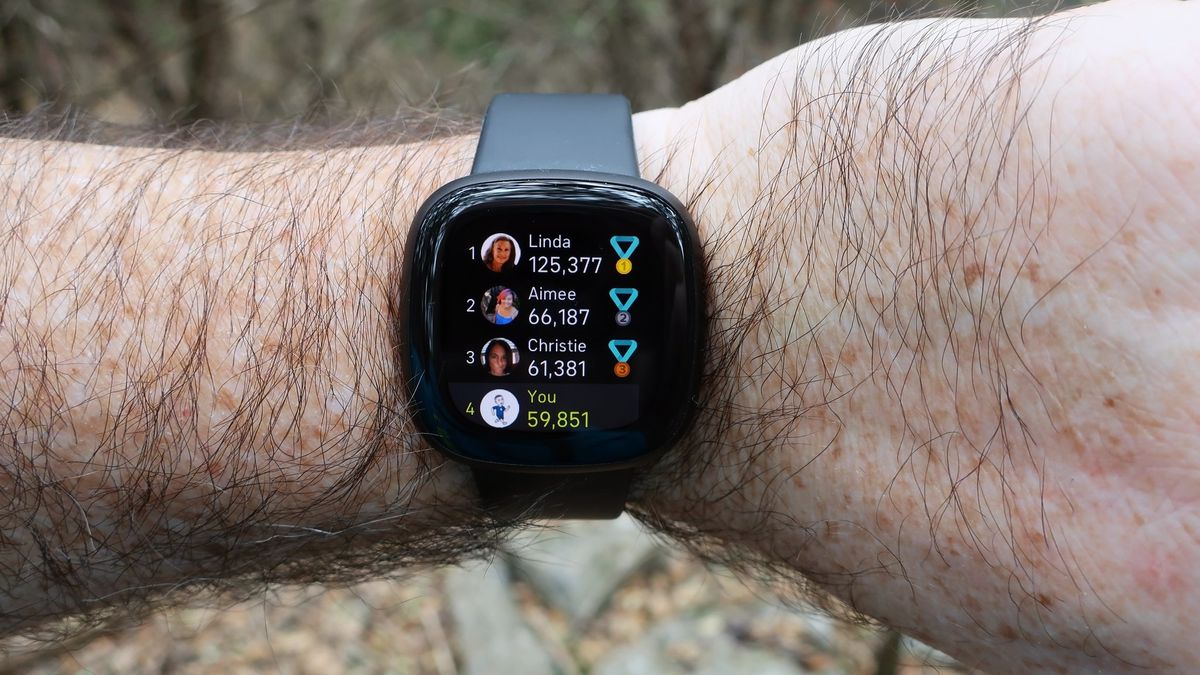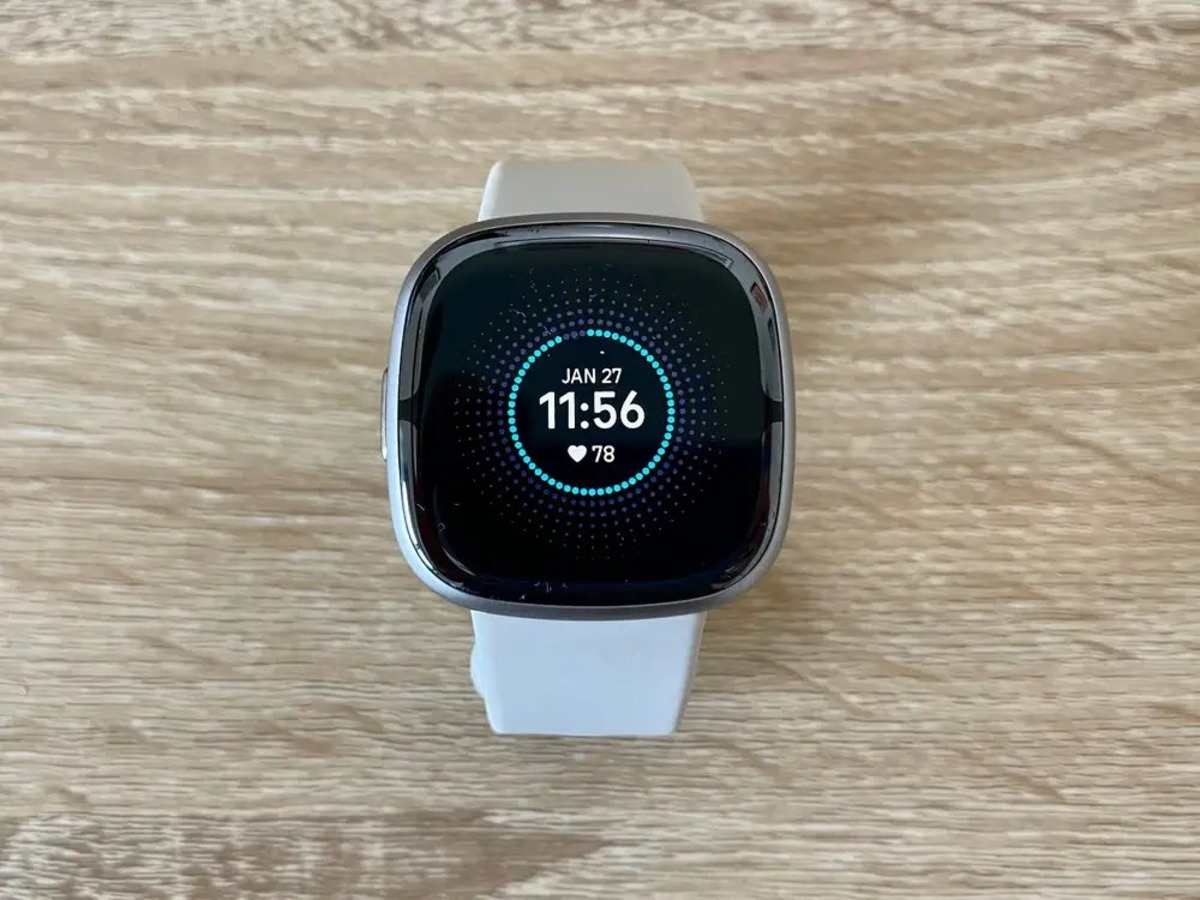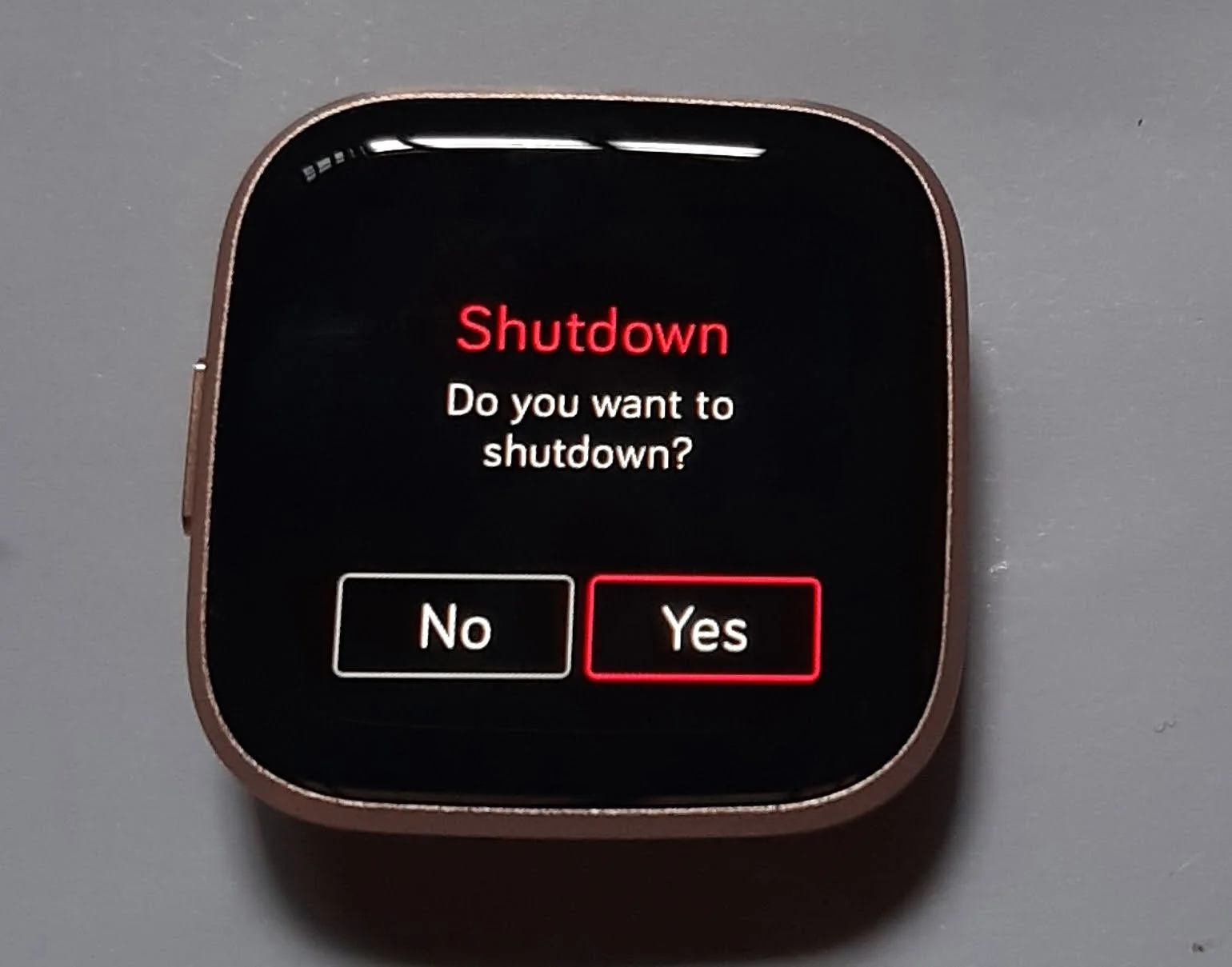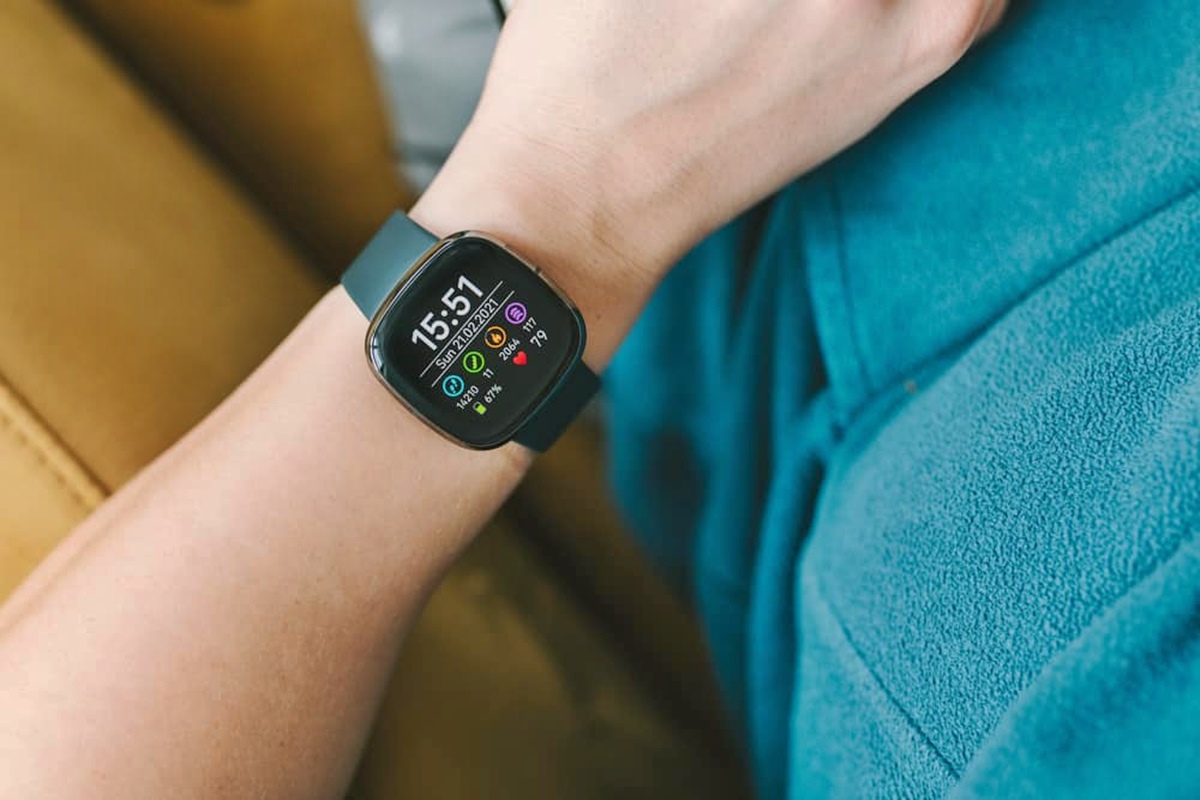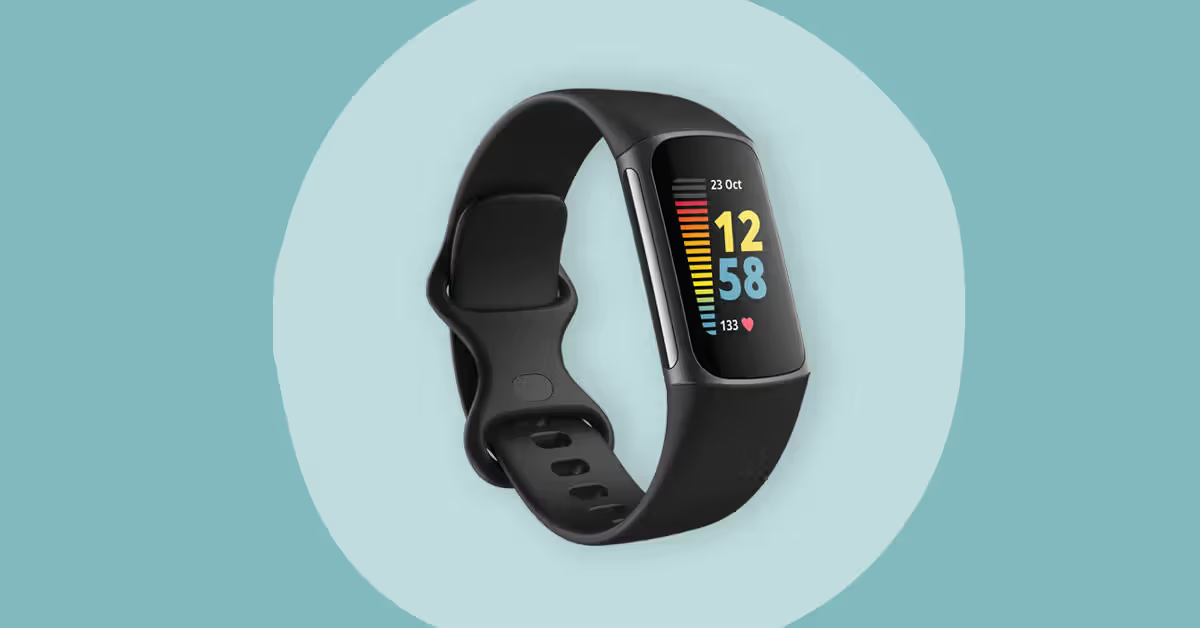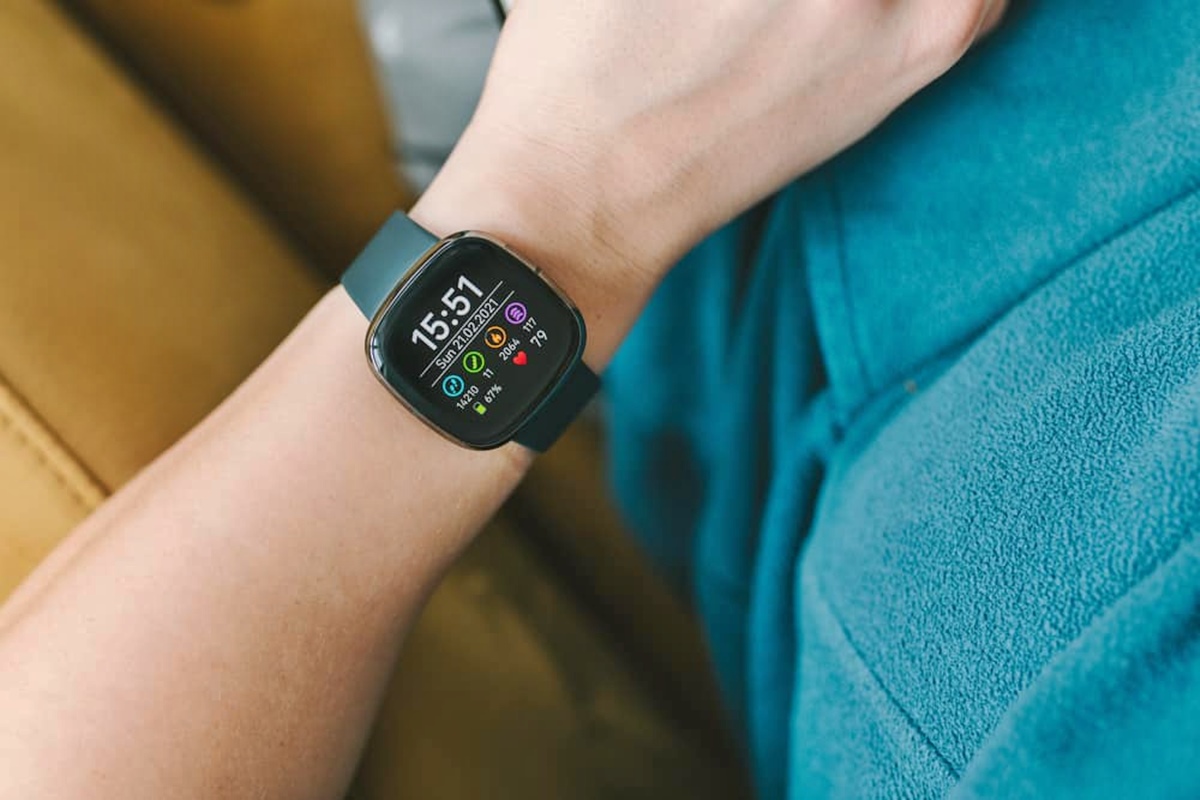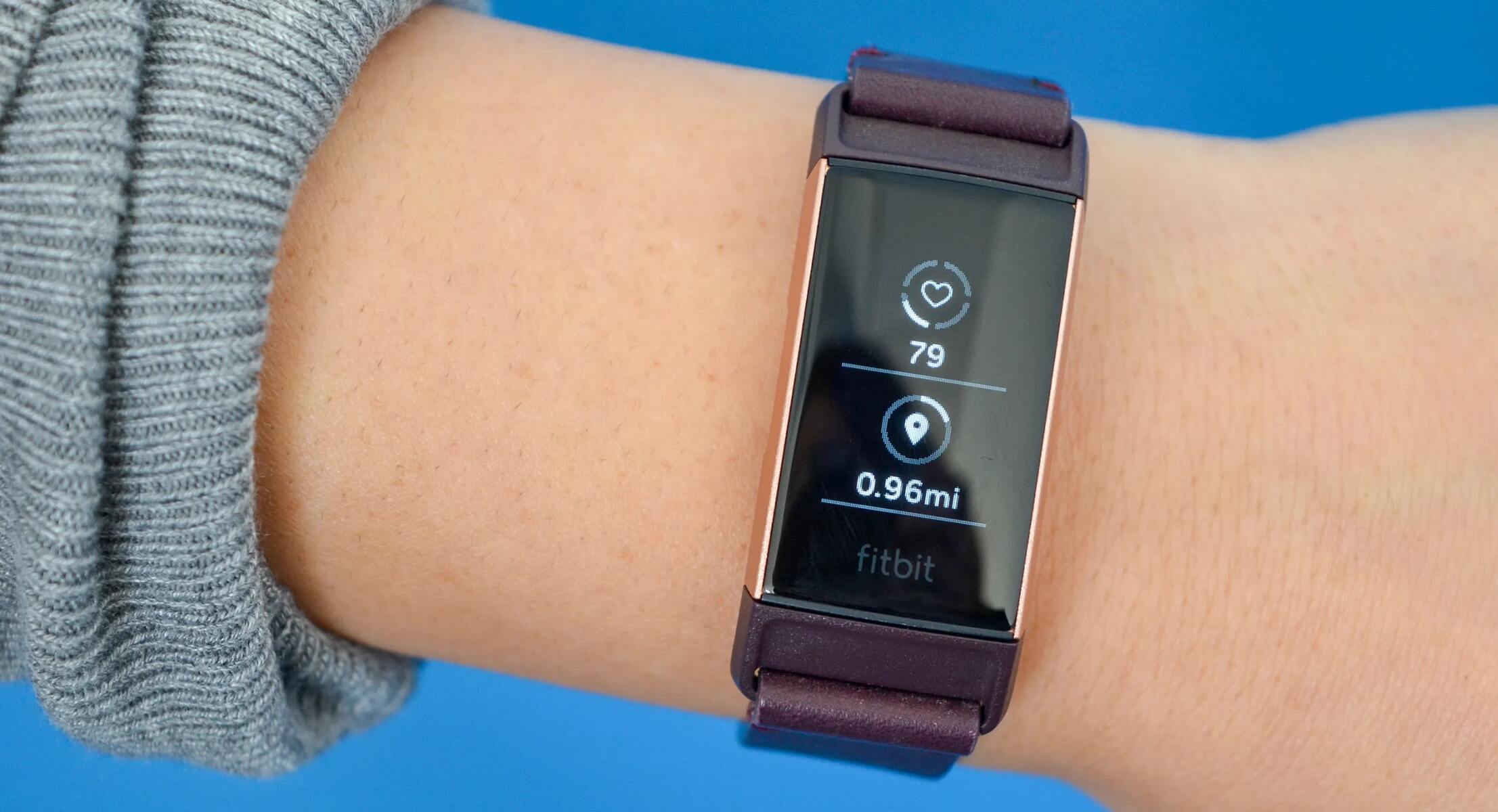Introduction
Wearable technology has revolutionized the way we monitor and improve our health and fitness. Among the top contenders in this space is the Fitbit Versa, a sleek and versatile smartwatch designed to seamlessly integrate into our daily lives. One of the key considerations for any wearable device is its battery lifespan, as it directly impacts the convenience and usability of the device. In the case of the Fitbit Versa, understanding its battery lifespan is crucial for users to make the most of its features without being tethered to a charger.
The Fitbit Versa is a powerful companion, offering features such as heart rate monitoring, sleep tracking, exercise tracking, and smart notifications. Its ability to provide comprehensive health and fitness insights makes it a popular choice for individuals seeking to lead a more active and balanced lifestyle. However, the effectiveness of these features is inherently tied to the device's battery lifespan. Understanding how long the Fitbit Versa lasts on a single charge empowers users to plan their activities and optimize their usage without the inconvenience of frequent recharging.
In this article, we will delve into the various factors that influence the battery lifespan of the Fitbit Versa. By exploring these factors, users can gain a deeper understanding of how their usage patterns and environmental conditions impact the device's battery performance. Additionally, we will provide valuable tips and best practices for extending the Fitbit Versa's battery lifespan, allowing users to make the most of their wearable device without compromising on functionality.
As we navigate through the intricacies of estimating the Fitbit Versa's battery lifespan, it is important to recognize the pivotal role that this information plays in enhancing the overall user experience. By empowering users with insights into battery management, we aim to foster a more seamless and enjoyable integration of the Fitbit Versa into their daily routines. Let's embark on this exploration to unravel the mysteries of the Fitbit Versa's battery lifespan and discover practical strategies for maximizing its utility.
Factors Affecting Fitbit Versa Battery Lifespan
The battery lifespan of the Fitbit Versa is influenced by a myriad of factors, each playing a crucial role in determining how long the device can operate on a single charge. Understanding these factors is essential for users to make informed decisions about their usage patterns and optimize the performance of their Fitbit Versa. Here are the key elements that impact the battery lifespan of this innovative smartwatch:
1. Usage Patterns:
The frequency and intensity of usage directly impact the battery lifespan of the Fitbit Versa. Continuous use of features such as heart rate monitoring, GPS tracking, and app notifications can significantly drain the battery. Users who engage in prolonged or frequent use of these features may experience a shorter battery lifespan compared to those who utilize the device more sparingly.
2. Screen Brightness and Display:
The display settings of the Fitbit Versa, particularly the screen brightness, play a pivotal role in battery conservation. Higher brightness levels require more power, leading to quicker battery depletion. Users who maintain lower brightness settings can extend the battery lifespan of their device, especially when using it in well-lit environments.
3. Ambient Temperature:
Temperature fluctuations can impact the performance of the Fitbit Versa's battery. Exposure to extreme heat or cold can affect the battery's efficiency and overall lifespan. High temperatures can accelerate battery drain, while very low temperatures can temporarily reduce the battery's capacity. Users should be mindful of environmental conditions to optimize their device's battery performance.
4. Firmware Updates:
The Fitbit Versa regularly receives firmware updates to enhance its functionality and address potential issues. These updates can also include optimizations for battery management. Users are encouraged to keep their device's firmware up to date to benefit from improved battery efficiency and overall performance.
5. App and Notification Management:
The number of apps and notifications actively running on the Fitbit Versa can impact its battery lifespan. Constant synchronization with a large number of apps and frequent notifications can contribute to increased power consumption. Users can optimize their app and notification settings to minimize unnecessary background activities and conserve battery power.
6. Battery Health and Charging Habits:
The overall health of the Fitbit Versa's battery, as well as charging habits, can influence its long-term lifespan. Proper charging practices, such as avoiding frequent deep discharges and maintaining the battery within optimal voltage ranges, can contribute to prolonged battery health and sustained performance.
By considering these factors, users can gain valuable insights into the dynamics of the Fitbit Versa's battery lifespan. Implementing mindful usage practices and leveraging the device's settings effectively can lead to an extended and optimized battery performance, enhancing the overall experience of using this advanced smartwatch.
Tips for Extending Fitbit Versa Battery Lifespan
Enhancing the battery lifespan of the Fitbit Versa involves adopting proactive strategies that optimize power consumption without compromising the functionality of the device. By implementing the following tips, users can effectively extend the operational duration of their Fitbit Versa, ensuring a seamless and uninterrupted experience:
-
Customize Display Settings: Adjusting the screen brightness and timeout duration can significantly impact battery usage. Lowering the brightness and shortening the screen timeout period conserves power, especially in scenarios where the device remains idle for extended periods.
-
Manage Notifications: Streamlining app notifications and limiting unnecessary alerts can reduce background activities, thereby minimizing battery drain. Prioritizing essential notifications and disabling non-essential ones can contribute to prolonged battery life.
-
Optimize Heart Rate Monitoring: While heart rate monitoring is a valuable feature, continuous or frequent monitoring can accelerate battery consumption. Users can selectively enable this feature during specific activities or intervals to balance the benefits of monitoring with battery conservation.
-
Utilize Battery Saver Mode: The Fitbit Versa offers a battery saver mode that disables certain features to extend battery life. Activating this mode during periods of low usage or when the battery is running low can effectively prolong the device's operational duration.
-
Update Firmware Regularly: Keeping the Fitbit Versa's firmware up to date is essential for optimizing battery performance. Firmware updates often include enhancements related to battery management, ensuring efficient power utilization and overall longevity.
-
Minimize GPS Usage: GPS tracking, while valuable for outdoor activities, can consume a significant amount of power. Minimizing the use of GPS tracking when not essential can conserve battery life, allowing users to allocate power resources judiciously.
-
Temperature Awareness: Being mindful of environmental temperatures is crucial for preserving the battery lifespan. Avoiding prolonged exposure to extreme heat or cold environments can prevent accelerated battery drain and safeguard the device's overall performance.
-
Regular Charging Habits: Adhering to consistent and appropriate charging practices can contribute to sustained battery health. Avoiding deep discharges and ensuring the battery remains within optimal voltage ranges promotes long-term battery efficiency.
By integrating these practical tips into their usage habits, Fitbit Versa users can proactively manage and extend the device's battery lifespan. These strategies empower users to strike a harmonious balance between maximizing the device's features and optimizing power consumption, ultimately enhancing the overall usability and convenience of the Fitbit Versa.
Estimating Fitbit Versa Battery Lifespan
Estimating the battery lifespan of the Fitbit Versa is a dynamic process influenced by a multitude of variables. The interplay of usage patterns, environmental conditions, and device settings collectively shapes the operational duration of the device on a single charge. By gaining insights into these factors, users can form a comprehensive understanding of how long their Fitbit Versa can function before requiring recharging.
The Fitbit Versa's battery lifespan is inherently linked to the intensity and frequency of usage. For users who engage in continuous monitoring of their health metrics, such as heart rate and sleep patterns, the battery may deplete more rapidly compared to those who utilize these features sparingly. Additionally, active use of GPS tracking during outdoor activities can contribute to accelerated battery consumption, impacting the overall operational duration of the device.
Furthermore, the display settings of the Fitbit Versa play a pivotal role in estimating its battery lifespan. Higher screen brightness levels and prolonged display activation can lead to increased power consumption, resulting in shorter operational durations. By adjusting the display settings and implementing shorter screen timeout periods, users can effectively manage power usage and prolong the battery lifespan of their device.
Ambient temperature also influences the estimated battery lifespan of the Fitbit Versa. Exposure to extreme heat or cold can impact the battery's efficiency, potentially leading to shorter operational durations. Users should be mindful of environmental conditions and strive to maintain the device within optimal temperature ranges to maximize its battery performance.
Firmware updates released for the Fitbit Versa can introduce optimizations for battery management, directly impacting the device's estimated battery lifespan. By ensuring that the device's firmware is regularly updated, users can benefit from enhanced battery efficiency and prolonged operational durations on a single charge.
The number of active apps and notifications on the Fitbit Versa can also affect the estimated battery lifespan. Constant synchronization with a large number of apps and frequent notifications can contribute to increased power consumption, influencing the overall operational duration of the device.
By considering these factors and integrating them into the estimation process, users can gain a nuanced understanding of how their usage patterns, environmental conditions, and device settings collectively influence the estimated battery lifespan of the Fitbit Versa. This comprehensive awareness empowers users to make informed decisions about their device usage and optimize its battery performance to suit their individual needs and preferences.
Conclusion
In conclusion, the battery lifespan of the Fitbit Versa is a critical aspect that significantly impacts the overall user experience. By exploring the various factors influencing the device's battery performance and implementing effective strategies for extending its operational duration, users can optimize the utility of this advanced smartwatch while minimizing the inconvenience of frequent recharging.
Understanding the interplay of usage patterns, display settings, ambient temperature, firmware updates, and app management provides users with valuable insights into the dynamics of the Fitbit Versa's battery lifespan. By proactively managing these factors and adopting best practices for battery conservation, users can strike a harmonious balance between maximizing the device's features and prolonging its operational duration on a single charge.
The comprehensive tips for extending the Fitbit Versa's battery lifespan offer practical and actionable strategies that empower users to optimize power consumption without compromising the functionality of the device. By customizing display settings, managing notifications, and utilizing battery saver mode, users can effectively extend the operational duration of their Fitbit Versa, ensuring a seamless and uninterrupted experience.
Estimating the Fitbit Versa's battery lifespan involves a dynamic evaluation of usage patterns, environmental conditions, and device settings. By gaining a nuanced understanding of these factors, users can make informed decisions about their device usage and effectively manage power consumption to suit their individual needs and preferences.
In essence, the battery lifespan of the Fitbit Versa is not only a technical consideration but also a pivotal element that shapes the overall usability and convenience of the device. By integrating the insights and strategies presented in this article, users can harness the full potential of their Fitbit Versa, enjoying its myriad features without the constraints of frequent recharging. This holistic approach to battery management fosters a seamless and enjoyable integration of the Fitbit Versa into users' daily routines, enhancing their journey towards a more active and balanced lifestyle.







